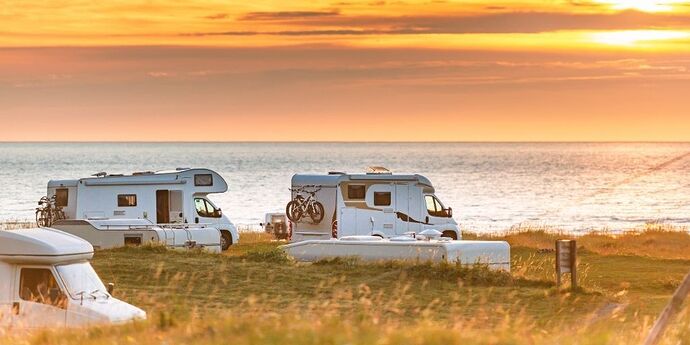@mattpayne Excuse the late response, but there’s a lot of factors to consider if you want to do just a slab and a driveway, which in my opinion, I don’t suggest, either do it all the way or don’t mess with it. But if you do, here are a few things I learned that should be considered…
If you were to do the slab and crushed rock, you would almost need to have utilities in place as well because otherwise they are just “boondocking” or using the RV as a self-contained RV without any attached utilities and most people aren’t prepared for that rough, extreme self-reliant / self-contained RV life without considerable preparation. That’s for true RVers, not people using it as affordable housing.
The lot needs a good layout. If it’s small, then layout options are limited but if it’s a bigger lot, some people will want to choose the slab location on the lot themselves. But for example, if they have a pull-behind a truck type trailer, the RV slides traditionally open on the driver-side and the RVs man-door is on the passenger side so you want to put the slab slightly more to the right side of the lot (looking from the street) so they have more chill space when they back it in and position it to the far right side to maximize their recreation area.
They want shade, at least in the south. Cutting down trees or not properly planning your site between the big shade trees could impact your vacancy rate. People will legitimately comment on the lack of trees and shade. Remember, this is a form of affordable housing to some and shade helps reduce energy bills quite a bit.
Culvert length is an issue too. When pulling or backing in, a dinky 20’ wide driveway / culvert on a small street gets super annoying to most. The wider the better obviously. You can usually do about 40-50’ before you have to install a clean out/drain thing. Check with county / city.
If you do decide to do concrete, this involves the permitting process since it’s considered a permanent improvement. Permitting comes with its fees and site plans, etc. But if you were to do the driveway and pad just out of crushed rock, you typically don’t need a permit.
The concrete RV pads should be about 6” thick (nominal 2x6” board) with 1/2” rebar 12-16” on-center to support the weight of the bigger ones with their dually trucks, etc. Maybe even a deeper footer at the front edge of the slab for when they are driving on and off of it so it doesn’t break/crack.
Make sure the neighborhood zoning and demographic will support it, as well as utilities.
I’m no expert at this stuff, just a few tips I picked up on my build that I DIY’d.
